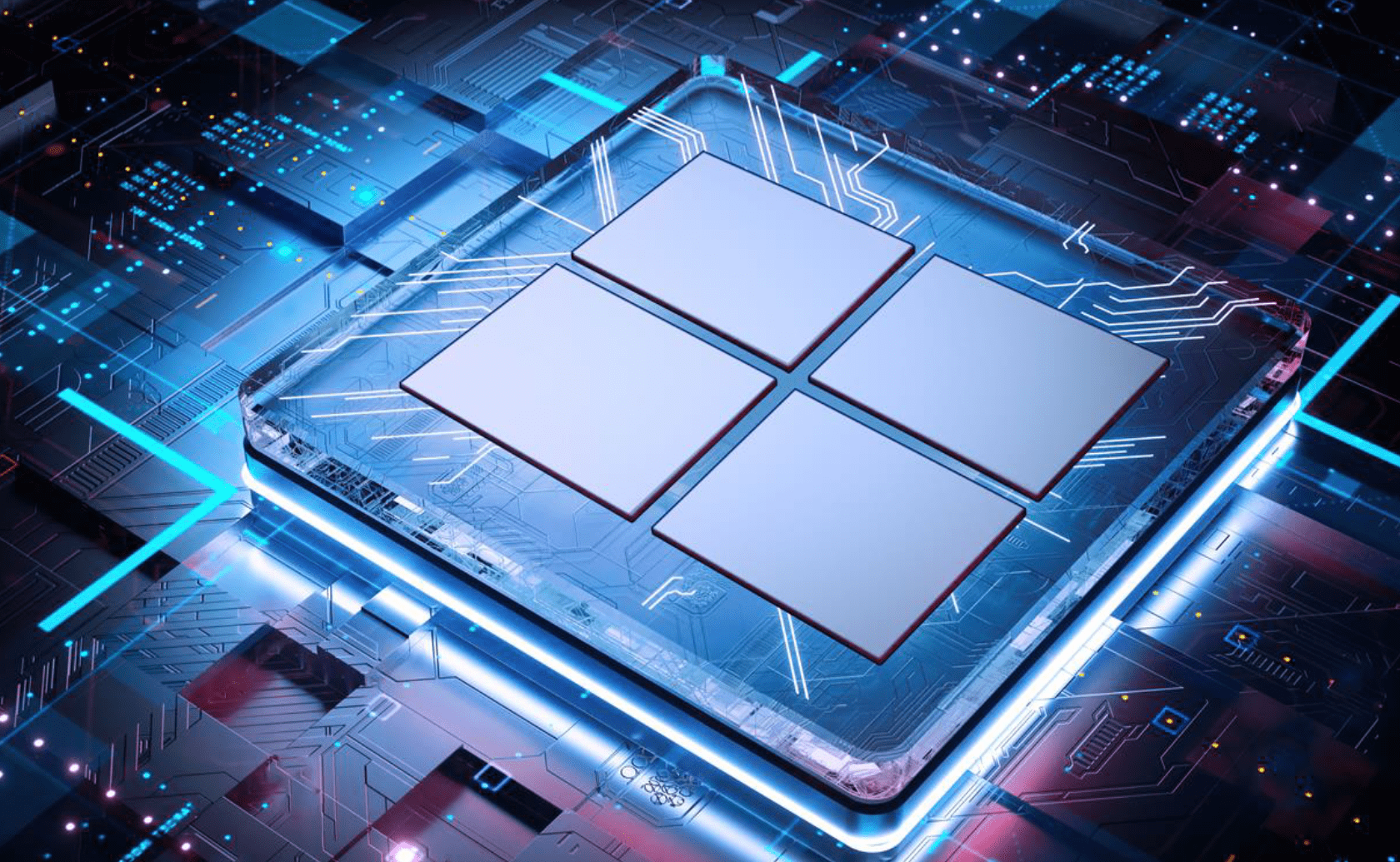Intel is said to be on track to release newer process node technologies like the 3, 20A, and 18A. The company has already achieved Intel 7 in 2021, beginning with the Alder Lake processor series. Raptor Lake, Sapphire Rapids, Xe-HP, and Xe-HPC chipsets all used Intel 7.
Intel is considering further research and development of Intel 4, the original 7nm process node technology that will be used in Meteor Lake and Granite Rapids. By utilising EUV lithography, it is claimed to produce 20% more performance per watt (PPW) than Intel 7. The EUV lithography will then be increased to allow for more modularity, and Intel 3 will offer higher-performance libraries, increasing the PPW to 18%.

Intel 20A and 18A will push ASML’s EUV machines to produce 1.8nm process nodes by 2024.
The processor series for 20A and 18A is unknown, but both will feature RibbonFET (ribbon field effect transistors) and PowerVia (backend power delivery network) for 20A and second-generation RibbonFET and High NA EUV lithography for 18A. Over the last year, RibbonFET transistor architecture has largely replaced FinFET transistor architecture.
ASML expects to reach 1nm by 2028, but not before assisting Intel with the next-generation 14A process, which will use 1.4nm process nodes. EUV lithography technology, particularly research into improving the process, will raise manufacturing costs as well as the cost of developing newer machines to create the new process nodes. EUV lithography machines currently cost around $150 million, with speculative costs expected to reach $400 million.

The most recent ASML EUV lithography machine being developed is the EXE:5000 series, which will enable High NA technology by 2026, coinciding with Intel’s plans for 18A.
Also Read:








